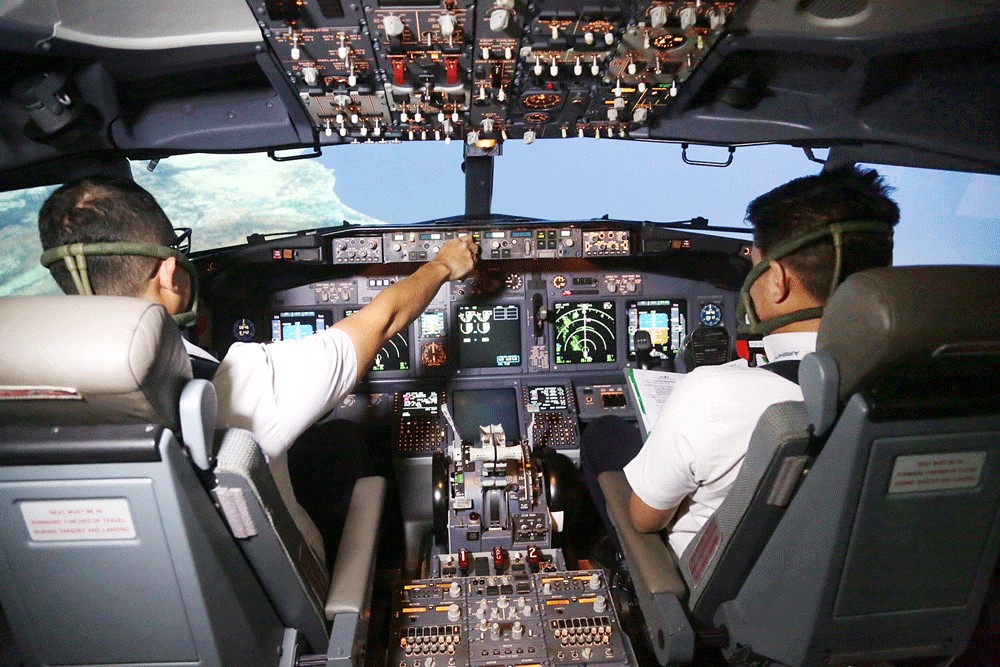The qualifying standards for being a medical flight pilot are quite high and require thousands of hours of flying experience. Besides, there are license requirements, night flying experience, and so on. The list is quite extensive. Most medical flight companies have their own hiring standards. If you are wondering why that is so, here is the answer. Medical flight pilots often have to work in extreme conditions and experience can come in handy in such situations. For instance, landing a helicopter in the middle of a busy highway, navigating between power lines and other obstructions can be quite nerve-racking. Only experience can come to the rescue in such scenarios.
Single-Pilot Medical Flight
The most common of the configurations among medical flight aircraft are single-pilot. The crew usually consists of a nurse and a paramedic along with the pilot. This necessitates that the pilot is a good team player. Often, he or she may need inputs from the crew members when it comes to visibility, especially during low light to avoid cables and other obstructions. The medical flight pilot must be able to verbalize the need for input clearly keeping in mind that advice is being sought from unqualified and non-technical personnel.
Working in Shifts
Medical flight services are usually open for service all hours of the day throughout the year. This means that the pilot will have to work in shifts. Besides, some medical flight service providers expect the pilots to work in staggered shifts where the first few hours could be in the morning and the rest, later in the day. There are also instances where medical flight pilots are expected to work seven days straight, 12 hours each and then take off the entire next week.
It goes without saying that the work-life of a medical flight pilot is quite exciting but it does come with a lot of responsibilities.


